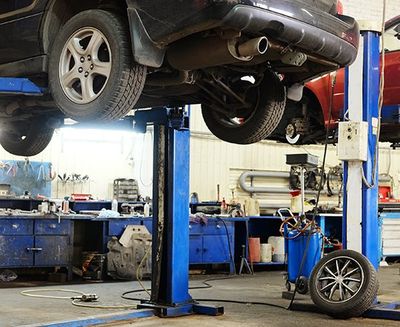Advanced Lift Engineer Course: Plan For Jobs with Leading Lift Repair Companies Near Me
Advanced Lift Engineer Course: Plan For Jobs with Leading Lift Repair Companies Near Me
Blog Article
Comprehensive Guide to Elevator Systems and Their Maintenance
Browsing the complex world of lift systems and their maintenance is a task that requires accuracy and expertise. From the various kinds of elevator systems in usage to the meticulous adherence to safety and security guidelines, the maintenance of these upright transportation tools is a multifaceted venture.
Sorts Of Elevator Solutions
The most common types include hydraulic elevators, traction lifts, machine-room-less elevators, and vacuum lifts. Hydraulic elevators are suitable for low-rise structures and use a hydraulic piston to relocate the elevator auto. Machine-room-less lifts are a space-saving option as they do not require a separate machine room for the lift equipment.
Each sort of lift system has its very own benefits and downsides, making it critical for structure proprietors and developers to very carefully consider their certain demands prior to choosing the most suitable choice. Aspects such as building height, space accessibility, energy efficiency, and budget plan restraints all play a considerable function in figuring out the most effective lift system for a certain structure.
Usual Upkeep Problems
Regular upkeep of lift systems is crucial to make sure smooth operation and extend their life expectancy. Despite normal maintenance, elevator systems can still experience common upkeep problems that require to be quickly resolved to stop interruptions in service. Among the most regular issues is door breakdowns. Elevator doors might get misaligned, bring about problems with opening and closing correctly. This can create delays and safety threats, needing prompt attention from upkeep service technicians. Another typical issue is associated to the elevator's leveling accuracy. Guests might experience tripping risks and pain if the lift does not align appropriately with the floors. Additionally, problems with the control system, such as sensing unit issues or electric concerns, can cause the elevator to breakdown or quit working altogether. Regular examinations and proactive maintenance can help determine and settle these common maintenance problems before they intensify and affect the total efficiency of the elevator system.
Security Laws and Compliance
Complying with rigid security laws and ensuring compliance with industry criteria are extremely important for maintaining the functional integrity of elevator systems. Lifts undergo a comprehensive collection of safety and security guidelines to guard guests, upkeep employees, and the public. Regulative bodies such as the Occupational Safety And Security and Wellness Administration (OSHA) in the United States and the European Lift Association (ELA) in Europe develop standards that cover different aspects of dig this elevator design, installation, procedure, and upkeep.
Conformity with these laws is not just a lawful need yet also a moral responsibility for structure proprietors and lift upkeep firms. Normal this page evaluations, maintenance checks, and adherence to security procedures laid out in the laws are important to guarantee the risk-free and effective procedure of lift systems.
Finest Practices for Maintenance

Structure proprietors should additionally think about investing in innovation upgrades to enhance the performance and security of their lift systems. By complying with these best techniques, elevator systems can run smoothly and securely, offering reliable upright transport for passengers.

Advanced Technologies for Performance
Applying sophisticated modern technologies in lift systems can substantially improve operational efficiency and guest experience. These systems enable passengers to input their desired flooring prior to getting in the elevator, which then guides them to the most efficient auto.
Additionally, the combination of smart sensing units and anticipating maintenance capacities has transformed lift upkeep. These sensors can identify possible problems before they rise, making it possible for positive maintenance interventions and lessening downtime. Furthermore, the use of regenerative drives and energy-efficient parts helps in reducing power usage and operating costs in lift systems.
Moreover, the implementation of cloud-based surveillance and remote diagnostics enables real-time monitoring of elevator efficiency and immediate troubleshooting of any type of breakdowns. This positive strategy not only boosts system reference dependability but additionally improves the overall customer experience by making sure nonstop and smooth elevator procedures.
Conclusion
In final thought, understanding the various types of elevator systems, common upkeep issues, security regulations, ideal upkeep techniques, and advanced modern technologies for efficiency is vital for guaranteeing the smooth procedure of elevators. By adhering to security laws and executing ideal methods for maintenance, structure proprietors can lengthen the life expectancy of their lift systems and ensure the security of guests. It is important to stay updated on the most recent improvements in lift technology to enhance effectiveness and reliability.
The most typical types include hydraulic lifts, grip lifts, machine-room-less elevators, and vacuum elevators. Hydraulic elevators are optimal for low-rise structures and utilize a hydraulic piston to move the lift cars and truck. Machine-room-less lifts are a space-saving alternative as they do not require a different machine room for the elevator machinery. Routine assessments and positive upkeep can assist determine and fix these usual upkeep problems prior to they escalate and impact the overall performance of the lift system.

Report this page